Part amusement and part learning exercise, the “asymmetric monstrosity” by Daniel Huffman is an equal-area projection that looks like a joke but is technically valid.
My projection is a composite of several pieces. This is not unheard of in the world of non-useless projections. The Goode homolosine, for example, is made from a Mollweide (a.k.a. homolographic) projection glued to a sinusoidal. “Glued” is an apt metaphor, as creating my asymmetric monstrosity involved separately projecting each piece and sticking them together in Illustrator and Photoshop.
I see a bird lying face down and maybe a bear claw.


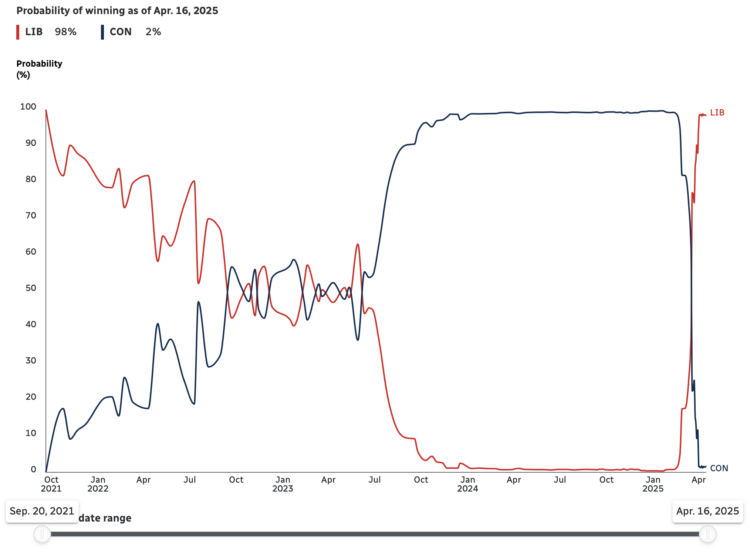


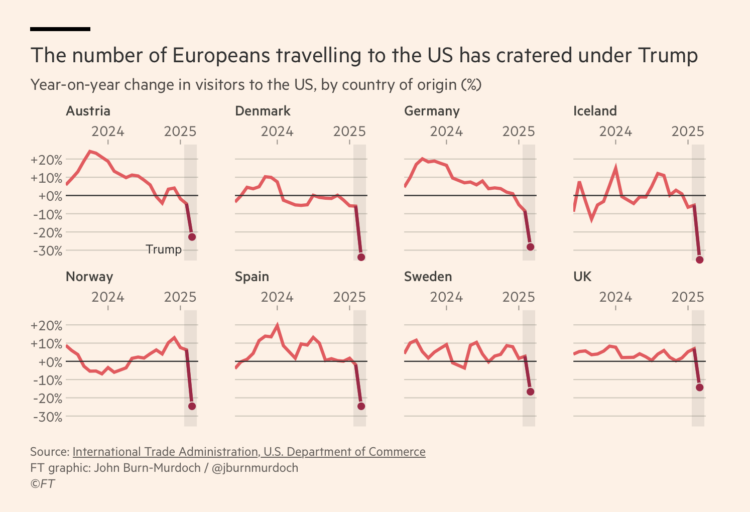

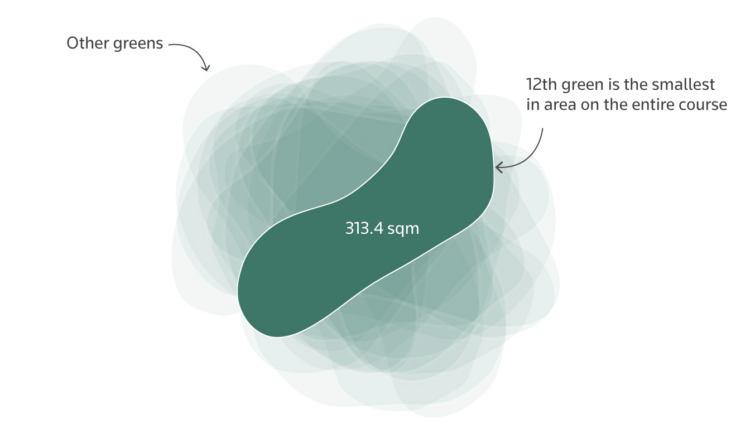


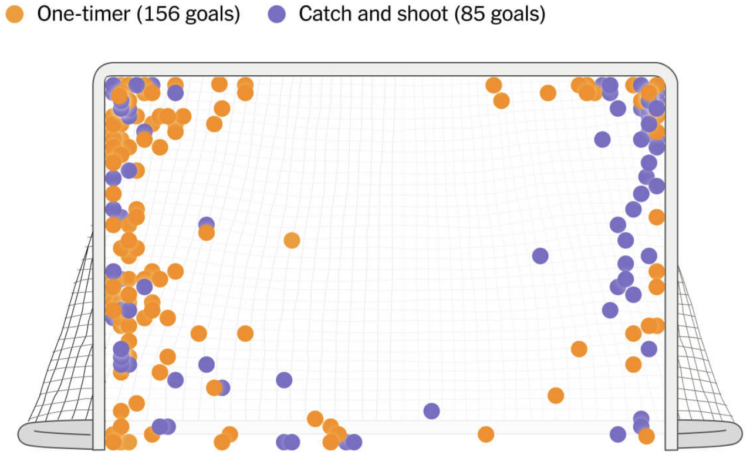




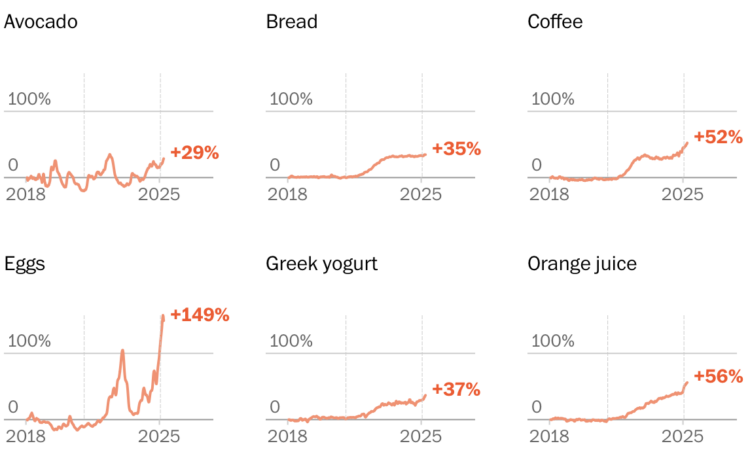
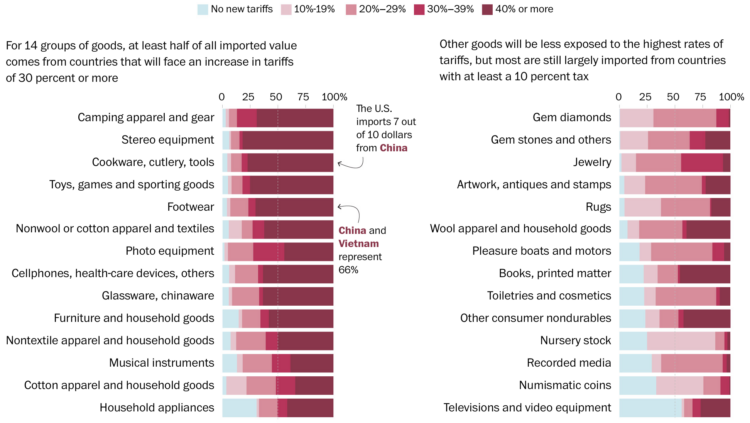

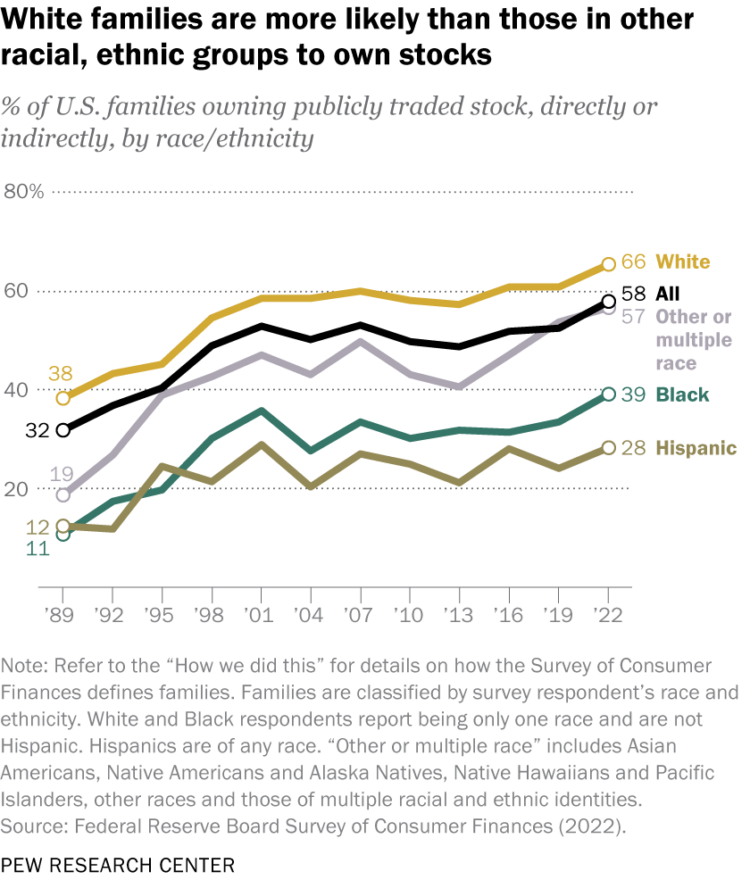
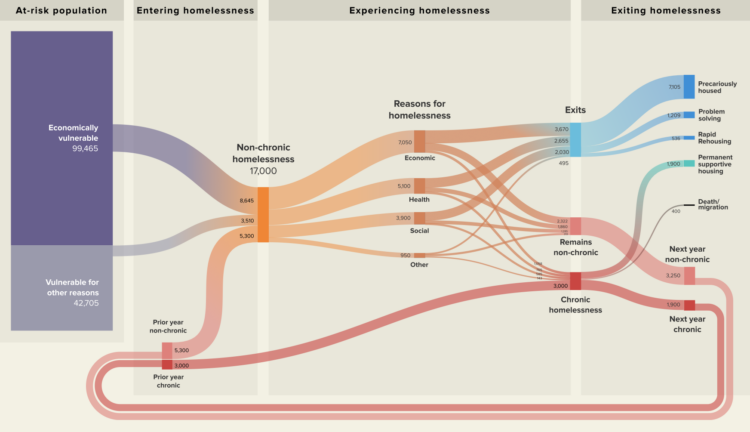
 Visualize This: The FlowingData Guide to Design, Visualization, and Statistics (2nd Edition)
Visualize This: The FlowingData Guide to Design, Visualization, and Statistics (2nd Edition)










